Crocuses are charming spring flowers, which among the first remind us of approaching the long-awaited spring. It is incredibly to observe how these miniature primroses make their way from the ground to meet the sunlight. White, blue, purple, solar-yellow crocuses appear on protanes in the forest, on the lawns, in the parks.
This is a tuberukovic decorative plant that can be an excellent dacha or garden decoration. They also have the second name - Saffron, due to the fact that a famous expensive spice is produced from a flower straw.
There are more than 80 types of crocuses, including hybrids created by breeders. Early varieties of Dutch selection, among which are incredibly attractive Crocus Pickwick (Pickwick) are extremely popular with flower arrangements.
Crocus Picklie: Description
CROCUS PICKWICK CROCUS refers to large-flowered hybrid crocuses of Dutch selection. This is a perennial tuberukhuk culture with a height of 15 cm, with large flowers of a glassworm form. Crocus Picklie with bright two-color flowers: Milk-white stripes pass along the petals of gentle-lilac. In the center of the flower are bright yellow stamens, which create an amazing contrast and give the flower of attractiveness. The feature of the flower is that it reveals his gentle petals only in sunny weather when the bright spring sun shines. In cloudy, rainy weather, the flower does not open the bud.
- The period of flowering crocus piquet is long - up to 3 weeks. The flower flources in March or April, without losing its attractiveness in the entire growing period.
- Crocus leaves are no less decorative. The literal socket is formed from a narrow root-green leaves of a rich-green color with white contrasting streaks.
- The crocus bulb has a small rounded, slightly flattened form up to 3 cm in diameter. Outward bulb covered with scales.
Crocus Picklie: landing
Pickwick is a light-loving flower, which stretches to the sunlight. Nevertheless, he will dissolve his motley buds and in the shade of the garden. Wherever you planted the Crocuses of Pickwick, they will always attract attention and will be in sight. This variety is resistant to frozen, quickly adapts to difficult climatic conditions and is practically not subject to illness. Ideal time to plant crocuses - August or the first numbers of September, when clubnellukovitsa are at rest.
How to choose crocus bulbs Pickwick for landing
Successful cultivation of crocuses in the garden largely depends on the quality of the planting material - bulk. Lukovitsa Crocus of large-color Pikwick can be bought on the Internet or in a specialized store. Before buying clubnellukovitsa for landing, it is necessary to carefully examine it for damage and rot:
- Healthy bulb should be dense, without damage, its scales must be tightly pressed to the bulb itself.
- The color of clubnelukovitsa is uniform, without spots, plated or dried plots.
- The donta of the bulbs should be clean, dry, without rot, without signs of germination of roots.
Pickwick Crocus Lukovits Looking
For the crocus bulbs falling, it is best to choose a sunny place, far from the roofs in order to avoid possible snow collapse. They are perfectly leaving in lightweight, nutritious soil, which must be drained and ensured that stagnation of water is not formed after melting. If the earth is heavy, the ash and compost contribute to it.
- Sutting off the tubers with rows, it is necessary to observe a distance of at least 10 cm from each other, planting to a depth of 10 cm. For a group landing, the distance between the tubers is reduced to 5 cm.
- After landing, to preserve the required level of humidity in the ground, the place where crocuses were planted, it is necessary to climb dry grass, leaves or sawdust.
- The lifespan of crocuses in one place is up to 5 years, after this period, due to the exhaustion of the soil, the bulbs are required to another place.
Crocus Picklie: Care
- Gentle crocuses are unpretentious in care. It is sometimes enough to loosen the earth and remove the faded flowers if they violate the overall composition.
- The primroses planted in fertile soil in the first year of their life do not need additional feeding. In the second year of life, the soil fertreal and make potash and phosphoric fertilizers.
How to propagate crocus large-flowered piquia
Propriate crocuses easily, since after 2-3 years after landing, they form a dense nest of subsidiaries. After the plant is flashing and dried foliage, the bulbs dig up. The dried subsidiaries can be used to distill in the winter or planted in August-September to a new place. In the case of breeding in a vegetative way, the plant retains all species features of the variety.
Crowing Crocuses Pickwick
Very often, the bulbs of crocuses are planted for a surveillance in winter to get a flowering plant by spring. Bright gentle crocuses in the pot are the best gift for the female spring holiday. It should be borne in mind that the surveillance process takes 3 months. To distill, you need to choose large, healthy tuberukovits in diameter 7-10 cm.
Dugged in August, the bulbs are stored at room temperature for 2 weeks, then the temperature is gradually reduced and placed in a cold place before the processes began. The bulbs should be wrapped with tight paper and send to the refrigerator or a cold cellar for 20-30 days. After testing by the cold club, crocuses are ready for planting pots. Capacity for colors should be wide and shallow.
When disembarking on bulbs in a pot, the following rules must be followed:
- If you want to achieve crocus flowering to a specific date, plan crocuses 70-90 days before planned time.
- At the bottom, the pot lay drainage from small pebbles, ceramzit, foam, so that moisture in the pot is not stood.
- The universal soil for flowering plants is suitable as soil.
- The bulbs plant a shallow, from the ground should look at the "tail" of bulk.
- Pots with crocuses are placed in a cool place (5-8 degrees of heat) and leave for 2 months.
- After 1-2 weeks of the pots with the younger crocuses move to a warm room, in which the temperature should not exceed 15 degrees.
The readiness of the flower to the pasture is indicated by the following factors:
- The minimum length of the sprout is 5 cm.
- On the touch sprout is dense.
- The roots must be "hidden" in the pot, and not look out of the holes.
It is necessary to water the flowers through the pallet, 2-3 times a week, preventing the drying or overwhelming soil.
Diseases and pests Crocuses Pickwick
Pickwick crocuses refers to hybrid varieties and is resistant to many diseases. The main danger threatening the plant is the mooring of the soil. Stagnation of moisture leads to the development of fungal diseases, and the bulb may die. Mushroom-affected clubs need to dig up so that there is no further infection of landing.
Another trouble that seesing crocuses is an attack on the landing of moles and mice. When planning colors in rockers and on the Alpine slides, it is recommended to establish protection against rodents. Also crocuses are attacked by slugs, butterflies scoop. To combat them, a spraying of landings by insecticides.
Crocus Picklie - Garden Decoration
Crocus Picklie is an amazingly beautiful spring flower, which looks great in group landing. Crocuses are perfect flowers for the design of flower, rocaries, stony slides. This is one of the most sought-after primroses from landscape designers.
Croques lined with stones, as well as on the background of green grass. They can be combined with other, equally attractive varieties of crocuses and other primrofits, combining each other. The result is a luxurious flower carpet from colorful spring flowers in the garden. Bright crocuses in the garden, like an exciting expectation of spring, heat and happiness.

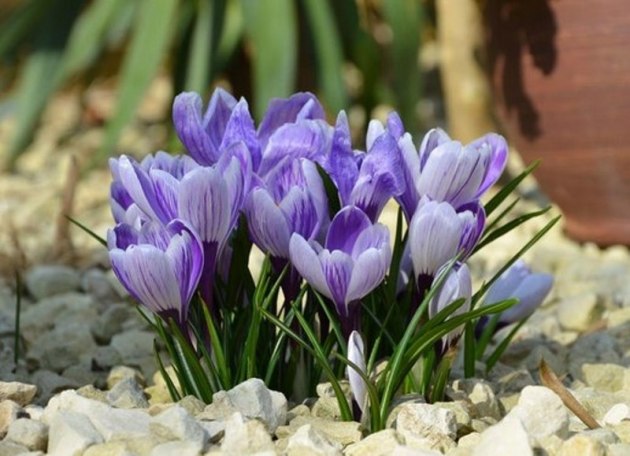

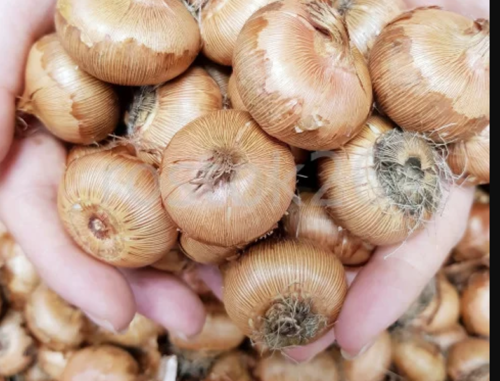
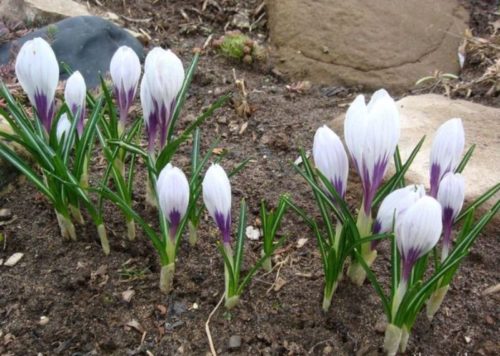
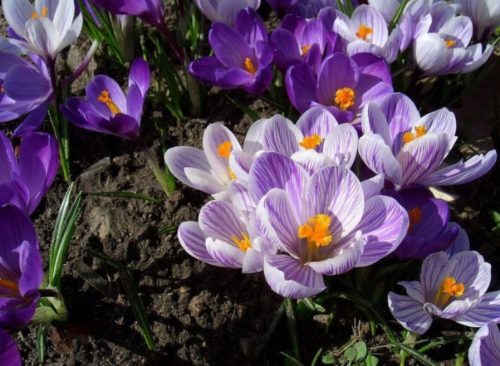
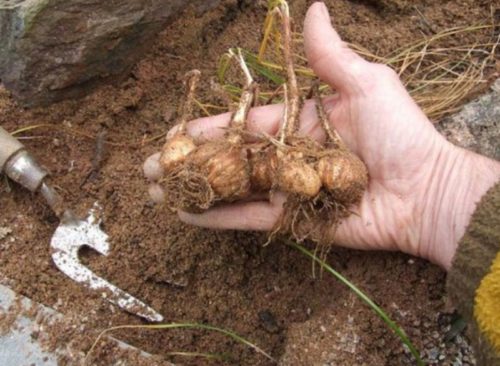
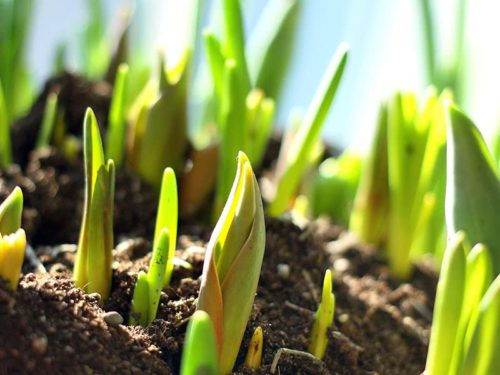
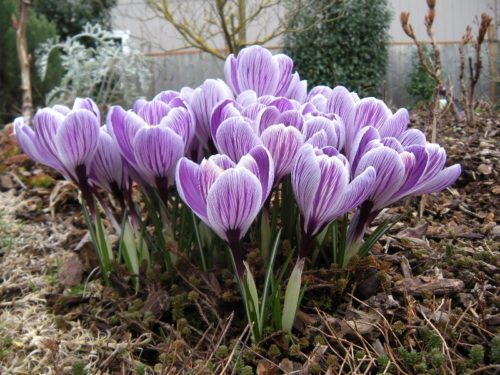

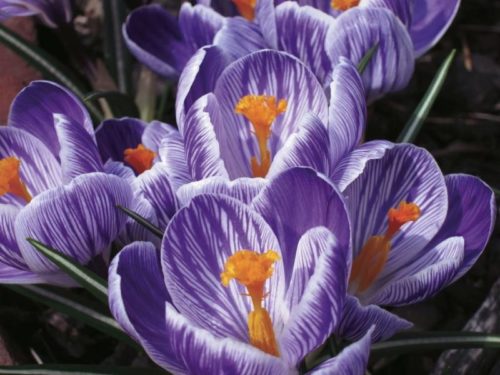
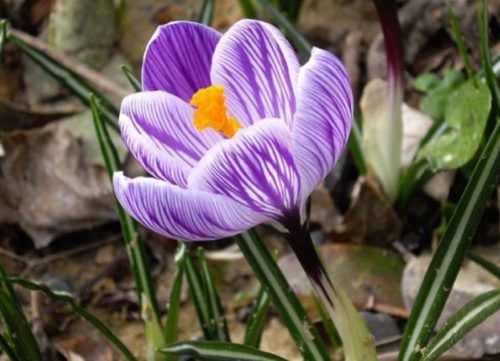
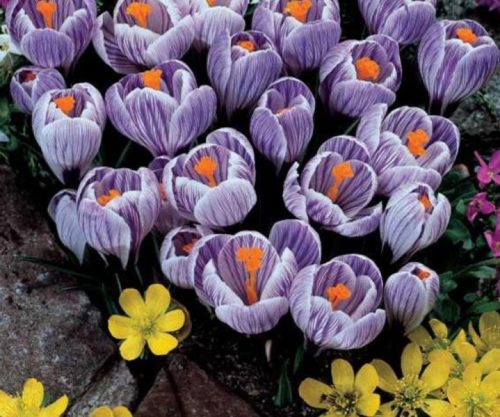
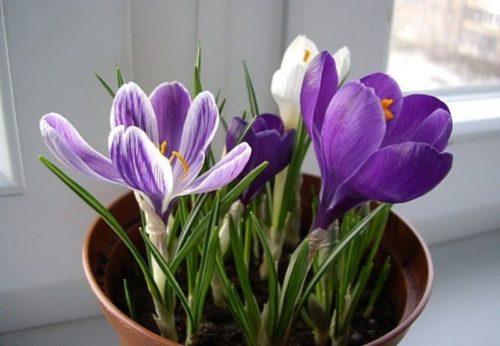

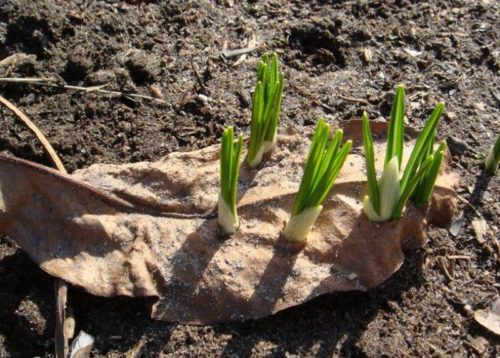
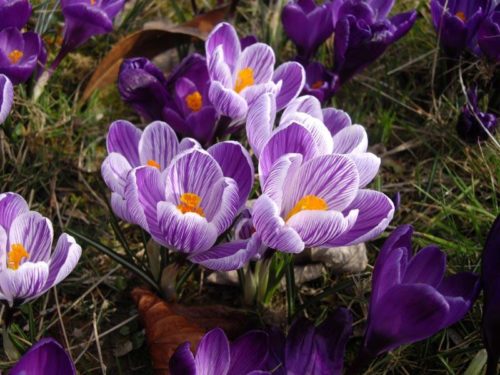












 Start a discussion ...
Start a discussion ...